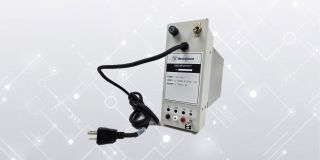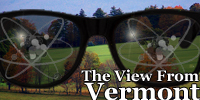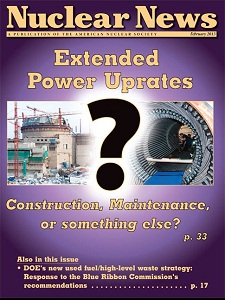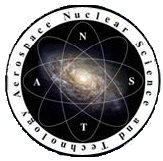The approach of the second anniversary of the Great East Japan Earthquake of March 2011 finds nuclear energy in Japan at a crossroads. After the quake and resulting tsunami, the nuclear plants in Japan that did not shut down immediately eventually all had to shut down for their required, scheduled outages. Political pressures, for the most part, prevented any near-term chance of any of them restarting, it seemed at the time. When Tomari Unit 3 shut down in May 2012, Japan found itself with not one single operating nuclear power plant for the first time in decades. Since that time, only two nuclear units have restarted-Ohi Units 3 and 4 in July 2012. Other plants, rumored to be "next" to start up, have still not started up, although they may soon. The question that springs to mind is naturally, "When will the majority of the plants be allowed to restart?" The more insightful question, though, is, "What will have to be done in order to allow any plant to restart?" And how can we tell which will start first-is there any clue present now? Yes, there is.


 Many people are puzzled by the anti-nuclear movement in Vermont and the world. Those who consider all the evidence often don't understand the opposition. Many issues and accusations are raised against nuclear power by anti-nuclear activists. Trying to understand the root sources of these issues can help in understanding the passion involved.
Many people are puzzled by the anti-nuclear movement in Vermont and the world. Those who consider all the evidence often don't understand the opposition. Many issues and accusations are raised against nuclear power by anti-nuclear activists. Trying to understand the root sources of these issues can help in understanding the passion involved.
 There are many benefits to living in Lynchburg, Virginia. Not only is it a scenically beautiful place with a diverse and growing economy that has continued its steady progress, even during the Great Recession, but it is also a place full of people who appreciate the value of nuclear energy technology.
There are many benefits to living in Lynchburg, Virginia. Not only is it a scenically beautiful place with a diverse and growing economy that has continued its steady progress, even during the Great Recession, but it is also a place full of people who appreciate the value of nuclear energy technology.


 Owners of the (556 MW) Kewaunee nuclear plant in Wisconsin
Owners of the (556 MW) Kewaunee nuclear plant in Wisconsin  Cassini-Huygens is a Flagship-class NASA-ESA-ASI robotic spacecraft sent to the Saturn system. It has studied the planet and its many natural satellites since its arrival there in 2004, as well as observing Jupiter and the Heliosphere, and testing the theory of relativity. Launched in 1997 after nearly two decades of gestation, it includes a Saturn orbiter Cassini and an atmospheric probe/lander Huygens that landed in 2005 on the moon Titan. Cassini is the fourth space probe to visit Saturn and the first to enter orbit, and its mission is ongoing as of 2013. It is powered by a plutonium power source, and has facilitated many landmark scientific discoveries in its mission to the stars.
Cassini-Huygens is a Flagship-class NASA-ESA-ASI robotic spacecraft sent to the Saturn system. It has studied the planet and its many natural satellites since its arrival there in 2004, as well as observing Jupiter and the Heliosphere, and testing the theory of relativity. Launched in 1997 after nearly two decades of gestation, it includes a Saturn orbiter Cassini and an atmospheric probe/lander Huygens that landed in 2005 on the moon Titan. Cassini is the fourth space probe to visit Saturn and the first to enter orbit, and its mission is ongoing as of 2013. It is powered by a plutonium power source, and has facilitated many landmark scientific discoveries in its mission to the stars.